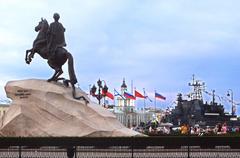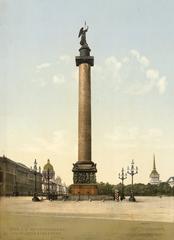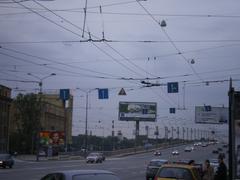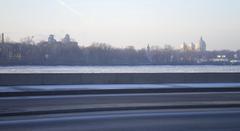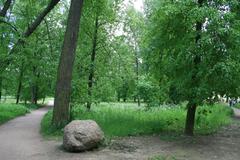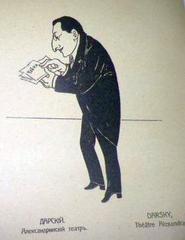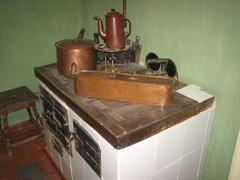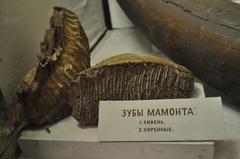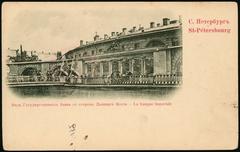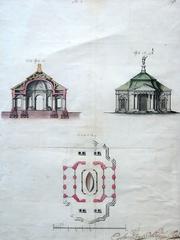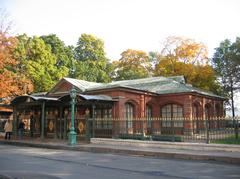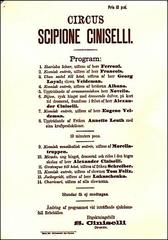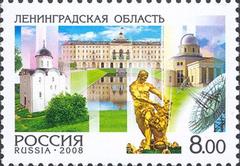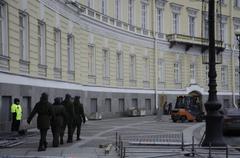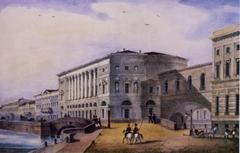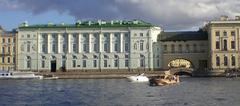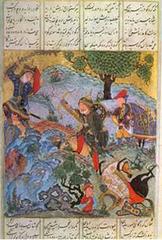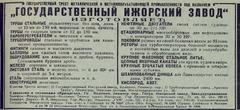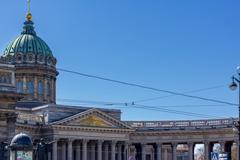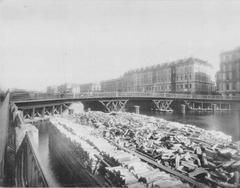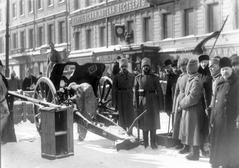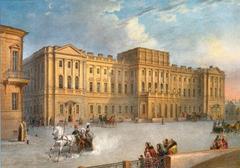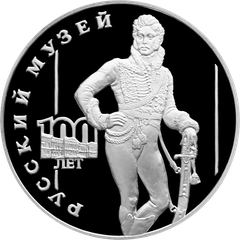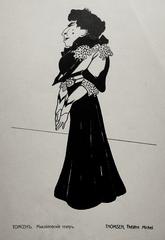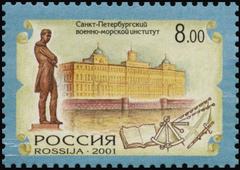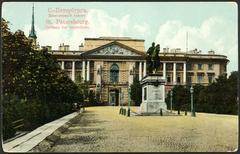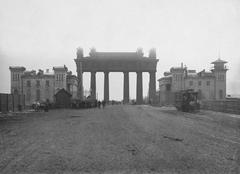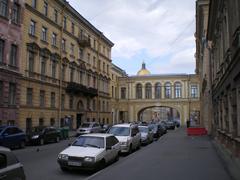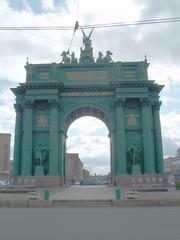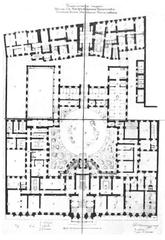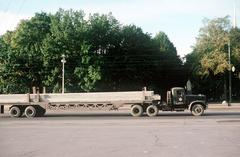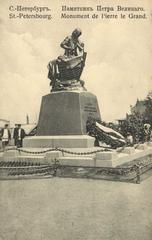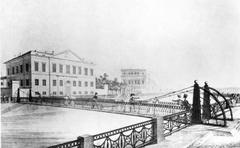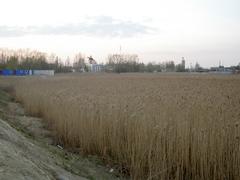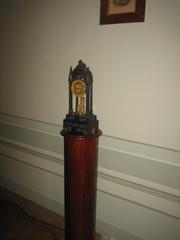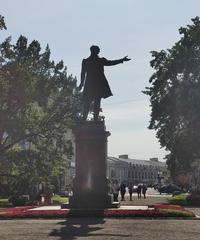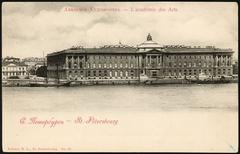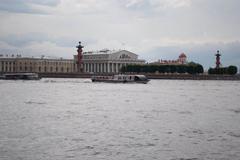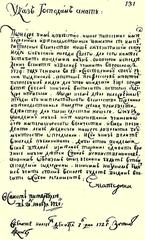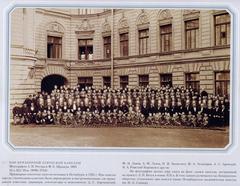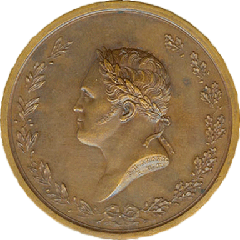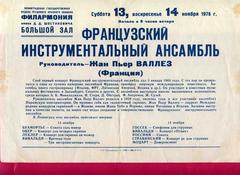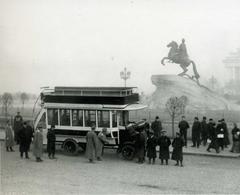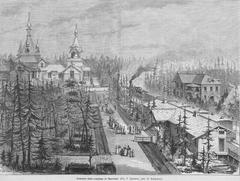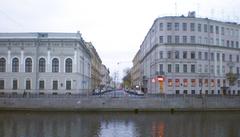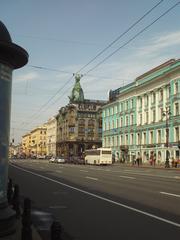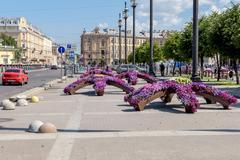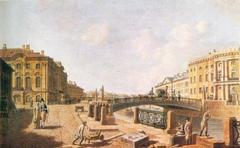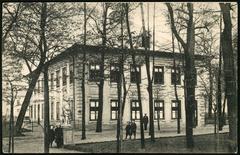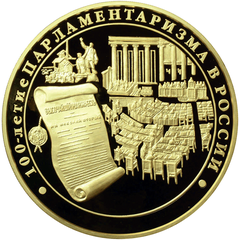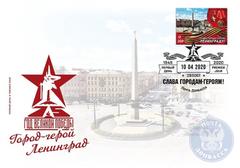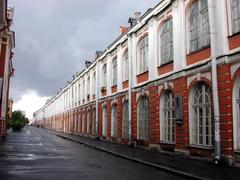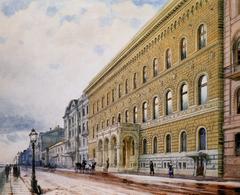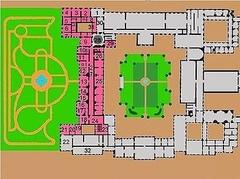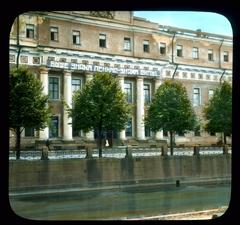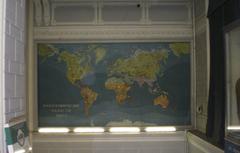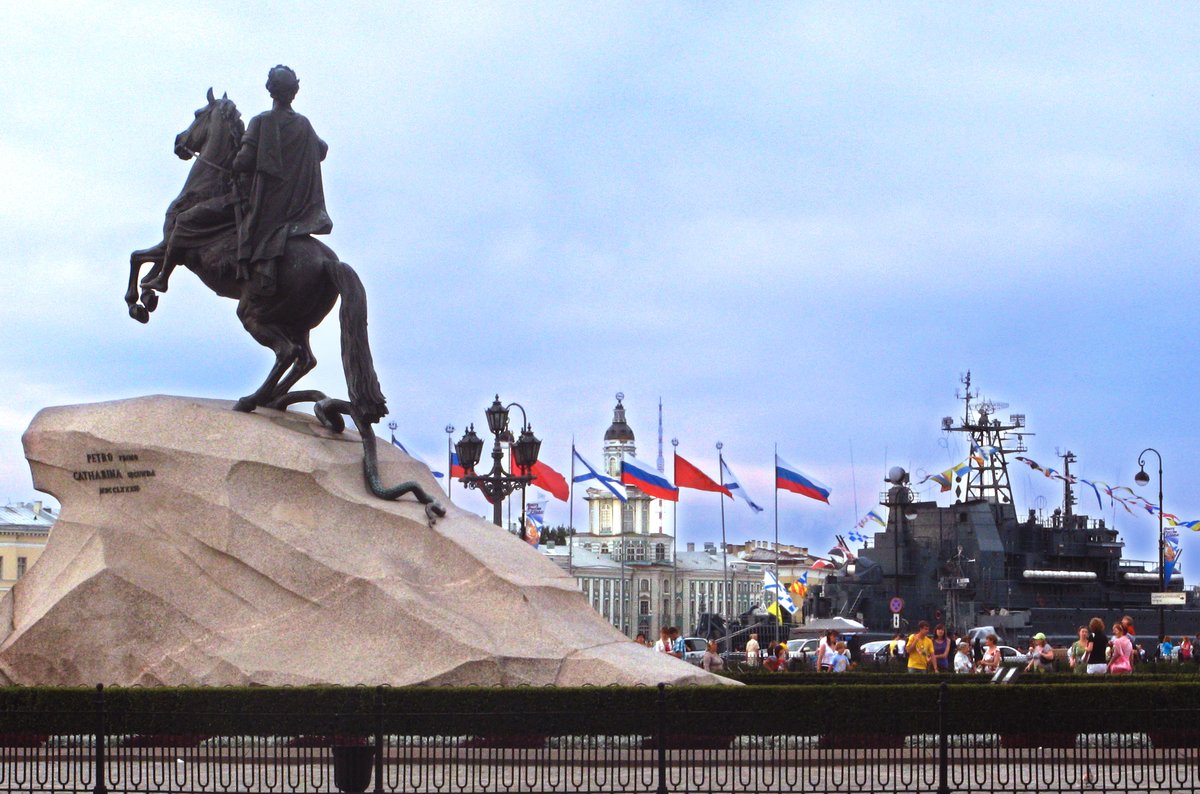
Comprehensive Guide to Visiting Peter the Great Statue, Saint Petersburg, Russia
Date: 17/07/2024
Introduction
The Peter the Great Statue, also known as the Bronze Horseman, is an iconic monument located in Senate Square, Saint Petersburg, Russia. Commissioned by Empress Catherine the Great, this statue was created to honor Peter the Great, the founder of Saint Petersburg, and to celebrate his transformative impact on Russia. Designed by French sculptor Étienne Maurice Falconet and unveiled in 1782, it quickly became a symbol of Russian pride and resilience. The statue stands atop the Thunder Stone, reputed to be the largest stone ever moved by humans, symbolizing the monumental achievements of Peter’s reign (source).
The Bronze Horseman not only commemorates Peter the Great but also reflects the Enlightenment ideals of progress, reason, and the pursuit of knowledge. Its dynamic pose, with Peter depicted on horseback rearing up on its hind legs, captures the spirit of forward momentum and progress, symbolizing the obstacles and enemies Peter overcame to achieve his vision for Russia (source). The statue’s artistic and historical significance has made it a focal point for public celebrations and an enduring symbol of Saint Petersburg’s cultural heritage (source).
Table of Contents
- [Origins and Commissioning](#origins-and-commissioningorigins-and-commissioning)
- [Design and Construction](#design-and-constructiondesign-and-construction)
- [Symbolism and Artistic Elements](#symbolism-and-artistic-elementssymbolism-and-artistic-elements)
- [Unveiling and Public Reception](#unveiling-and-public-receptionunveiling-and-public-reception)
- [Historical Significance](#historical-significancehistorical-significance)
- [Visitor Information](#visitor-informationvisitor-information)
- [Nearby Attractions](#nearby-attractionsnearby-attractions)
- [Special Events and Guided Tours](#special-events-and-guided-toursspecial-events-and-guided-tours)
- [Preservation and Modern-Day Relevance](#preservation-and-modern-day-relevancepreservation-and-modern-day-relevance)
- [Visitor Tips](#visitor-tipsvisitor-tips)
- [Frequently Asked Questions](#frequently-asked-questionsfrequently-asked-questions)
- [Call to Action](#call-to-actioncall-to-action)
- [References](#referencesreferences)
Origins and Commissioning
The Peter the Great Statue, also known as the Bronze Horseman, is one of the most iconic landmarks in Saint Petersburg, Russia. Commissioned by Empress Catherine the Great, the statue was intended to honor her predecessor, Peter the Great, who founded the city in 1703. The project began in 1766, with Catherine seeking to immortalize Peter’s legacy and her connection to his vision of modernizing Russia.
Design and Construction
The design of the statue was entrusted to the French sculptor Étienne Maurice Falconet, recommended by the philosopher Denis Diderot. Falconet arrived in Russia in 1766 and began working on the statue, which took 12 years to complete. The statue depicts Peter the Great on horseback, rearing up on its hind legs, symbolizing the forward momentum and progress Peter brought to Russia.
The pedestal of the statue is a massive piece of granite known as the Thunder Stone, reputed to be the largest stone ever moved by humans. The stone was transported from the Gulf of Finland to its current location using a combination of manpower, engineering ingenuity, and a specially constructed sled system. The entire process of moving the Thunder Stone took nine months and was a significant engineering feat of the time (source).
Symbolism and Artistic Elements
The Bronze Horseman is rich in symbolism. Peter the Great is depicted in Roman attire, emphasizing his role as a reformer and modernizer. The horse rearing on its hind legs represents Russia’s rise under Peter’s leadership. The serpent being trampled under the horse’s hooves symbolizes the obstacles and enemies Peter overcame to achieve his vision for Russia.
Falconet’s choice to depict Peter without stirrups was a deliberate artistic decision, symbolizing Peter’s mastery and control over the powerful horse, and by extension, his control over the state. The statue’s dynamic pose and the flowing lines of Peter’s cloak add to the sense of movement and energy, capturing the spirit of Peter’s reign (source).
Unveiling and Public Reception
The statue was unveiled on August 7, 1782, in a grand ceremony attended by dignitaries and citizens alike. The unveiling marked not only the completion of a monumental work of art but also a celebration of Peter the Great’s enduring legacy. The statue quickly became a symbol of Saint Petersburg and a source of pride for its residents.
Public reception of the statue was overwhelmingly positive, with many praising its artistic merit and the powerful message it conveyed. The Bronze Horseman became a focal point for celebrations and public gatherings, and it has remained an enduring symbol of the city ever since (source).
Historical Significance
The Bronze Horseman holds immense historical significance, not only as a tribute to Peter the Great but also as a reflection of Catherine the Great’s reign. By commissioning the statue, Catherine sought to align herself with Peter’s legacy and reinforce her own legitimacy as a ruler. The statue also symbolizes the Enlightenment ideals that both Peter and Catherine championed, including progress, reason, and the pursuit of knowledge.
Throughout its history, the statue has witnessed numerous historical events, including the Siege of Leningrad during World War II. Despite the heavy bombardment and destruction that the city endured, the Bronze Horseman remained unscathed, further cementing its status as a symbol of resilience and endurance (source).
Visitor Information
To visit the Peter the Great Statue, also known as the Bronze Horseman, you do not need a ticket as it is an open-air monument accessible at all times. For the best experience, plan your visit early in the morning or later in the evening to avoid crowds. The statue is beautifully illuminated at night, offering a stunning visual experience.
The statue is located in Senate Square, near the Neva River, and is easily accessible by public transportation. The nearest metro station is Admiralteyskaya. The area around the statue provides lovely views of the river and Saint Petersburg’s historic architecture. The site is wheelchair accessible.
Nearby Attractions
When visiting the Bronze Horseman, consider exploring nearby landmarks to fully appreciate the rich history and cultural significance of the area. Notable attractions include:
- Admiralty Building - A historic naval building with beautiful architecture.
- Saint Isaac’s Cathedral - One of the largest domed cathedrals in the world, offering panoramic views of the city.
- Hermitage Museum - One of the world’s largest and oldest museums, housed in the Winter Palace.
Special Events and Guided Tours
The Bronze Horseman often serves as a focal point for public celebrations and events. Guided tours are available for those interested in learning more about the history and symbolism of the statue. These tours can provide deeper insights into the monument’s significance and the legacy of Peter the Great.
Preservation and Modern-Day Relevance
Today, the Bronze Horseman continues to be a major tourist attraction and a symbol of Saint Petersburg. Efforts to preserve the statue have been ongoing, with regular maintenance and conservation work ensuring that it remains in excellent condition for future generations to admire.
The statue’s significance extends beyond its historical and artistic value. It serves as a reminder of the transformative impact of Peter the Great’s reign and the enduring legacy of his vision for Russia. For visitors to Saint Petersburg, the Bronze Horseman offers a tangible connection to the city’s past and a deeper understanding of its cultural heritage (source).
Visitor Tips
For those planning to visit the Bronze Horseman, it is located in Senate Square, near the Neva River. The statue is easily accessible by public transportation, and the surrounding area offers beautiful views of the river and the city’s historic architecture. Visitors are encouraged to explore the nearby landmarks, including the Admiralty Building and Saint Isaac’s Cathedral, to fully appreciate the rich history and cultural significance of the area.
To avoid crowds, it is best to visit early in the morning or later in the evening. The statue is illuminated at night, providing a stunning visual experience. Additionally, guided tours are available for those interested in learning more about the history and symbolism of the Bronze Horseman and its place in Saint Petersburg’s heritage (source).
Frequently Asked Questions
Q: What are the visiting hours for the Peter the Great Statue? A: The Bronze Horseman is an open-air monument and can be visited at any time.
Q: Is there an entrance fee to see the statue? A: No, there is no entrance fee.
Q: How can I get to the Bronze Horseman? A: The statue is located in Senate Square, near the Neva River, and is easily accessible by public transportation. The nearest metro station is Admiralteyskaya.
Q: Are there guided tours available? A: Yes, guided tours are available and can provide more detailed information about the statue’s history and significance.
Call to Action
For the latest updates on the Bronze Horseman and other historical sites in Saint Petersburg, follow us on social media and check out our mobile app, Audiala, for more travel tips and guides. Don’t miss the opportunity to explore the rich cultural heritage of this magnificent city.
